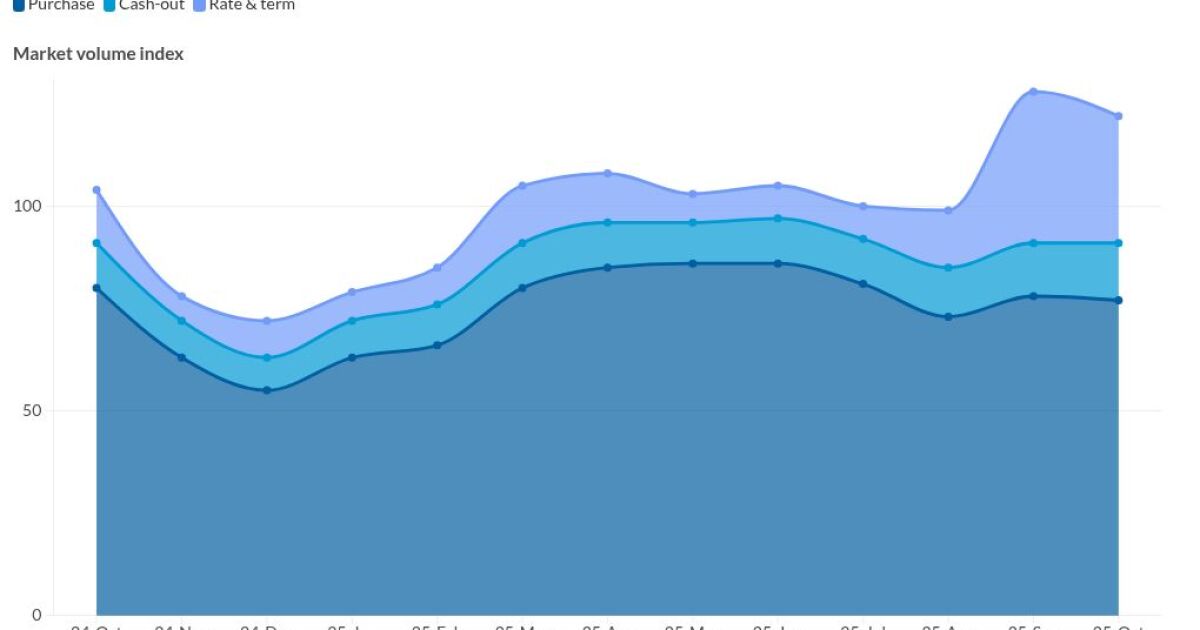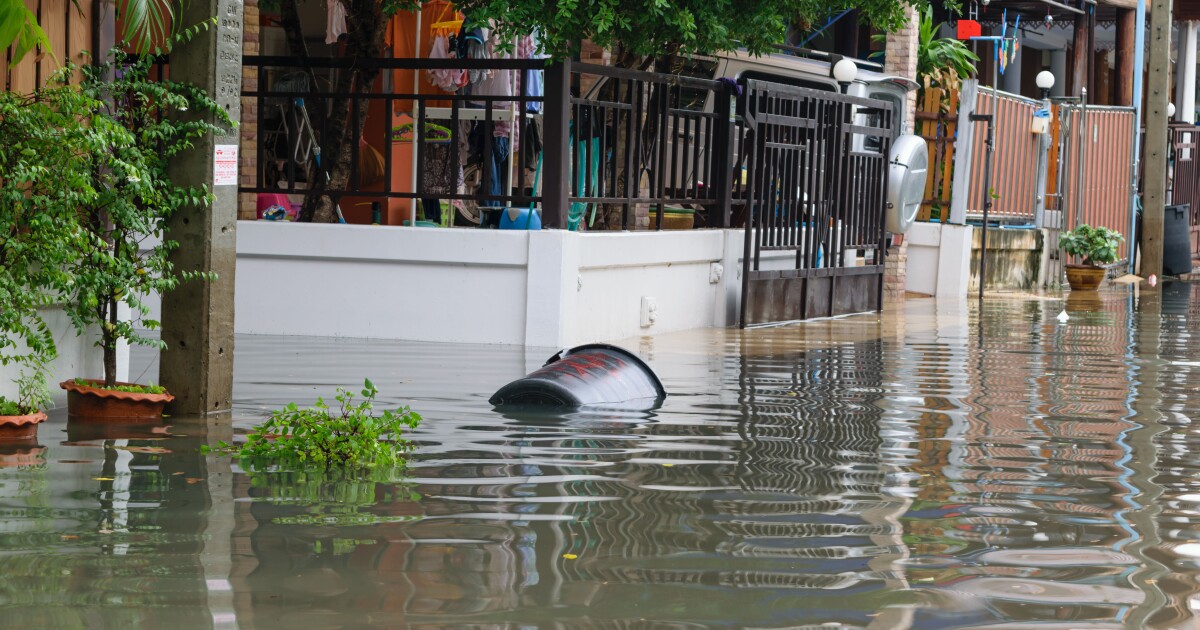
The coronavirus forced appraisers to rely on technology more than ever before to get their work done safely, and its successful application demonstrated that more can be accomplished with appraisal automation than previously thought.
But remote, homeowner-assisted appraisals may not be the best choice in all circumstances, Lyle Radke, director of collateral policy at Fannie Mae, said during a panel on the topic at Arizent’s Digital Mortgage Conference on Thursday.
"I don't think it's a blanket solution for everything," he said.
That's consistent with the government-sponsored enterprises' view of appraisal alternatives prior to the pandemic. While the agencies have long shown an interest in expanding their use of using automation in property valuations, they've been selective about it.
Remote appraisals have some weaknesses compared with traditional methods, Radke said, using the example of a scenario in which an appraiser flags property values as being subject to repairs.
Normally, 10% of appraisals fall into this category, he said. In contrast, just 2% of remote property valuations Fannie sampled did.
That sounds like a big difference, but there are qualitative as well as quantitative considerations to take into account in addressing the issue, Radke said.
Appraisers using remote methodologies include much more evidence of the need for repairs in their reports than is typically seen. So while appraisers using remote methods flagged valuations as subject to repair less often, the frequency with which they do it may be warranted more often than for traditional appraisals, said Radke.
"There's probably some room to give on both sides," he said.
Unexpected remote appraisal headaches
The switch to desktop appraisals helped mortgage lenders close loans, but it created some challenges for them, too, said Rachel Robinson, senior team leader, collateral policy and product development, at Quicken Loans.
"We had to put some additional communication in place for our clients to understand, 'Hey, you are not going to have that traditional experience. As it turns out, the appraiser is going to complete the report from their desktop at home and leverage information, and they might reach out to you to get some photos or answer some questions. So it’s not traditional. It’s not what you’re used to,'" she said.
Normally, when temporary flexibilities currently offered by the GSEs aren't in place, there is an appraisal certification prohibiting the inclusion of information from an interested party to the transaction such as a borrower or a real estate agent. So allowing consumers to continue providing photos may not be something the GSEs want to maintain when other means of verifying a valuation are possible, said Scott Reuter, chief appraiser at Freddie Mac.
How long that temporary flexibility will be allowed is ultimately up to the Federal Housing Finance Agency, which has been extending the contingency monthly, he said.
"They're really the ones that make the announcement," said Reuter.



